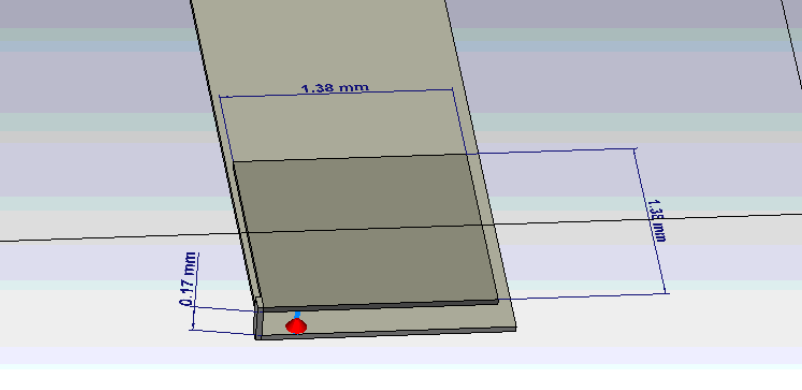yefj
Advanced Member level 4
Hello ,I have desighned a PIFA antenna as shown bellow..
But when i did the cut plane i see that it has a squint of 8 degrees.
what could be done to move the beam to 0 degree?
Thanks.





But when i did the cut plane i see that it has a squint of 8 degrees.
what could be done to move the beam to 0 degree?
Thanks.
Last edited: